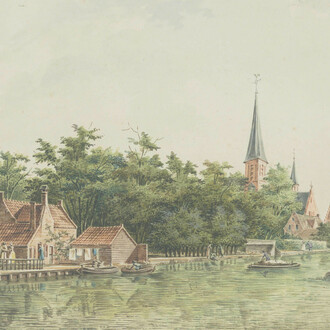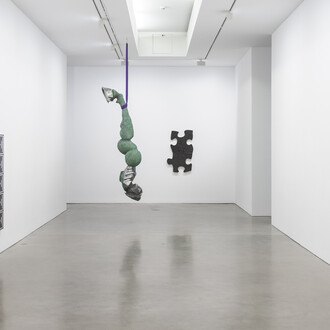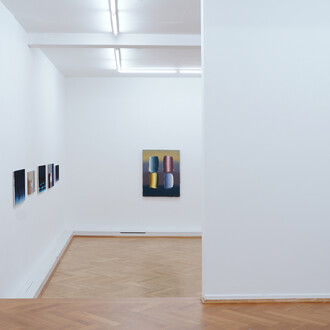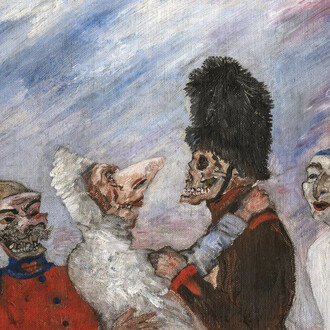This summer the Museum Berggruen presents a selection of works by Paul Klee together with paintings and collages of his friends and contemporaries. All these works have in common that they strongly rely on geometrical forms, so that the subject of the image seems primarily abstract.
When seen together, the delimitations are not always so evident. Which image is a purely geometrical composition? Which image does represent something very concrete, as a landscape or an architecture, while being composed, like a mosaic, of many individual geometrical elements? The presentation of Klee’s works in direct contact with those of other abstract artists highlights yet another of his qualities: even if he was perfectly knowledgeable with form theory, one of the subjects he taught at the Bauhaus, he did not want his paintings to be made of completely rigid, regular geometric grids. Klee’s images were supposed to develop organically and grow naturally.
With works by the following artists that are usually to be seen at Neue Nationalgalerie: Hans (Jean) Arp, Sophie Taeuber-Arp, Erich Buchholz, Lyonel Feininger, Hannah Höch, Piet Mondrian, Georg Muche, Oskar Schlemmer and Kurt Schwitters. Until the end of August, entrance without supplement.
















